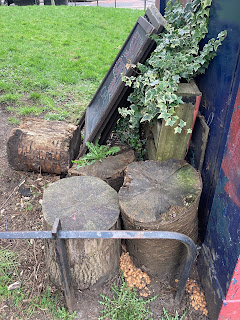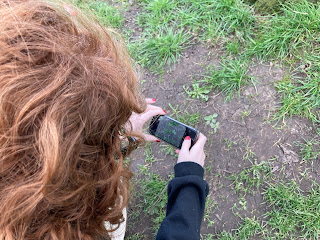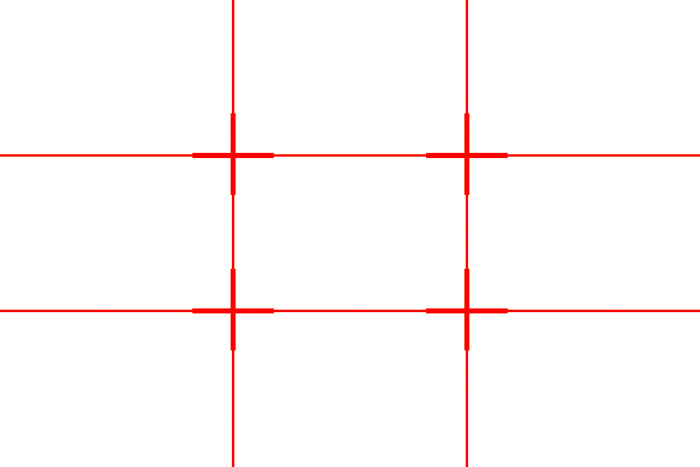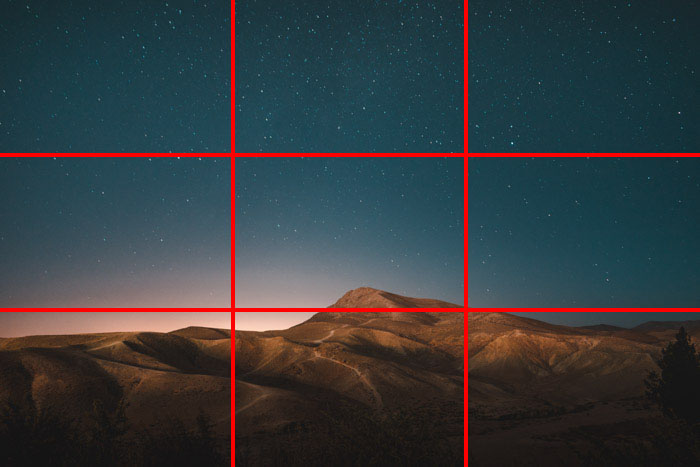these are just the photos I took while collecting soil samples and the red ones are the ones that I'm putting together as an edit. In the same way that I'm posting photos of these activities on my blog- we want you to post your images(photos, drawings or anything else) of soil sample collecting and plate swabbing on your blog. This way I can see what you're doing with the project and leave some feedback for you.
there were also dandelions around so i thought i would document some of the things i saw
then i found this worm, i think its injured. I hope i didn't step on it. :( make sure when you're collecting your samples that you observe health and safety things, consider gloves or if the area you're in is safe to you first, but also try to make sure you're doing no harm to the environment. :)
i found this semi decomposing piece of plastic bag. I decided it was a part of the environment worth documenting. It's not always just nice nature bits- the bag was kind of interesting in its shape and I got an idea for doing more photography with it. I had a spare bag so I picked it up and took it with me.
i found a second location to collect soil samples from. It's closer to the street and had a lot of different elements which i thought were initially visually interesting but also might show some differences in the soil samples. We have some logs, and ivy and iron railing and FUNGI! also a different kind of tree nearby.
environmental shots.
i found this great piece of bark just laying on the ground. I'm going to do some more photography 'studio style' at home. I thought its shape and texture and lines were interesting. I haven't used the rule of thirds in an obvious way here- the object of interest is centred, but there are contrasting textures and elements- the smooth blue grey pavement (man made) and the green and brown textured grass and soil. They make up triangles that divide the image in half but they end at the edges of the top and bottom pretty close to the 'thirds'
landscape and soil collection shot from second location
a close up of that bark again.
another piece of bark with a weird random broken phone cable.... i took that with me too.
i was lucky and had someone help take some photos of me 'in the moment' again documentary action. These can help when describing the process of the science learning, experiment and communicating that later- but also they're part of the art making and learning process.
i like this second one better i think....
just wanted to bring in some more of the environment - the flowers are pretty but they also subtly indicate what time of year it is. We know we usually see these flowers at the beginning of Spring - usually March or early April.
someone getting arty including a different angle and including a perspective that shows more of the tree in an interesting way.
oh loook the spoon is collecting soil which is being captured on my phone! META.
action shot of me taking images showing landscape and texture, foreground and background the leading lines and division help direct the eye to the action while clearly describing the complex environment around.

















































